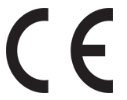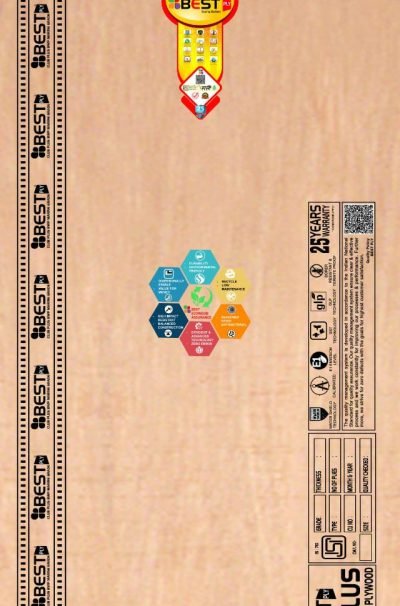NEW AGE PRODUCTS
BEST PARTICLE BOARD
There are different types of artificial wood available in the market like plywood, block board, MDF, particle board, hardboard etc. All manufacturers sell their products and recommend their use for all purpose universally irrespective of their different properties and methods of manufacturing.
Particle board is a relatively new engineered wood product made from wood waste such as wood chips, sawdust and wood shavings. Its use in home and office furniture is increasing rapidly due to its easy availability and low costs. Before buying particle board, a homeowner must be aware of particle board properties like weight, density, durability, strength, etc.
- Weight and Density:
As it is composed of wood chips, wood shavings and sawdust which are waste materials and have very less weight, particle boards are also light in weight as compared to medium density fiberboard or plywood. Due to its lightweight nature, they are easy to transport and handle. Although they are light in weight, their density is more than natural wood and plywood. Medium density fiberboards and high density fiberboards are denser than particle boards.
- Strength:
Particle boards have low strength as they are made from weak materials like wood chips and sawdust. They cannot withstand heavy loads and are used when load application is less.
- Resistance to Moisture:
One of the most concerned properties of particle board is that it has low resistance to moisture. In the presence of moisture, the boards experience swelling and development of cracks may occur. Also, on exposure to moisture, particle board gets discoloured.
- Resistance to Warping:
Particle boards have low resistance to warping, but coating it with primer or painting the particle board, can improve its resistance. The coating also helps in increasing its strength up to some extent.
- Durability:
As it has low strength, particle boards are less durable as compared to plywood or solid wood. They last 3-5 years, but with proper care they have a durability of few more years. The durability can be increased by covering the surface with laminates or wood veneer. Laminated particle board and veneered particle board have useful life of 10-15 years.
- Insulation:
Particle boards have good sound insulation properties; thus they are used in partition walls and ceilings of recording studios and concert halls.
- Fire Resistance:
Particle board can be made fire resistant by attaching a layer of melamine on the top surface. Melamine particle boards are mostly used in manufacturing of industrial furniture.
- Eco-Friendly:
Particle boards are eco-friendly materials as they are manufactured from recycled materials and waste such as wood chips, wood shavings, sawdust, etc. Thus, it helps in environmental conservation to some extent.
Properties of Particle Boards:
Particleboards are incredibly lightweight when compared to MDF or plywood since they are made of wood residue and waste.
They have a higher density than natural wood and plywood, but a lower density than MDF and high-density fibreboards.
Due to their fragile materials, particle boards are unable to bear severe weights.
Moisture can damage particle boards. When moisture is present, they swell, crack, and discolour.
Particleboards are susceptible to warping. Coating them with primer or paint, on the other hand, can improve their resistance and strength.
Due to their low strength, particle boards are less durable than plywood or solid wood. However, using laminates or veneers on the surface can aid to improve durability.
Particle boards are ideal for usage in recording studios and performance venues because of their outstanding sound insulation capabilities.
They are environmentally friendly materials because they are made from recycled materials and trash such as wood chips, wood shavings, and sawdust.
Uses of Particle Boards:
In temporary structures with low load application, particleboard is used as a flooring material.
They serve as a base for parquet, wood, and carpeted floors.
Because it is non-load bearing and has good thermal and acoustic insulation properties, particleboard is a great choice for partition walls.
Because of their thermo-acoustic insulation properties, laminated particle boards, and cement particle boards are commonly used in false ceilings.
They feature a smooth and flat surface for bonding with the door skin and can handle more screws than MDF.
Beds, storage units, shoe racks, TV cabinets, and small shelves can all be made out of plain particleboard.
Televisions, speaker boxes, sewing machine tops, and vehicle parts all are manufactured by using particle boards, particularly wood veneer particle boards.

Selected Hardwood Species

Preservative Treated

Pre-Pressed

Mark of Quality

Lifetime Warranty on Premium Offering

Healthy, Safe & Environment Friendly

E-O Emisssoin

Boiling Water Proof

Borer Proof & Ternide Resistant










